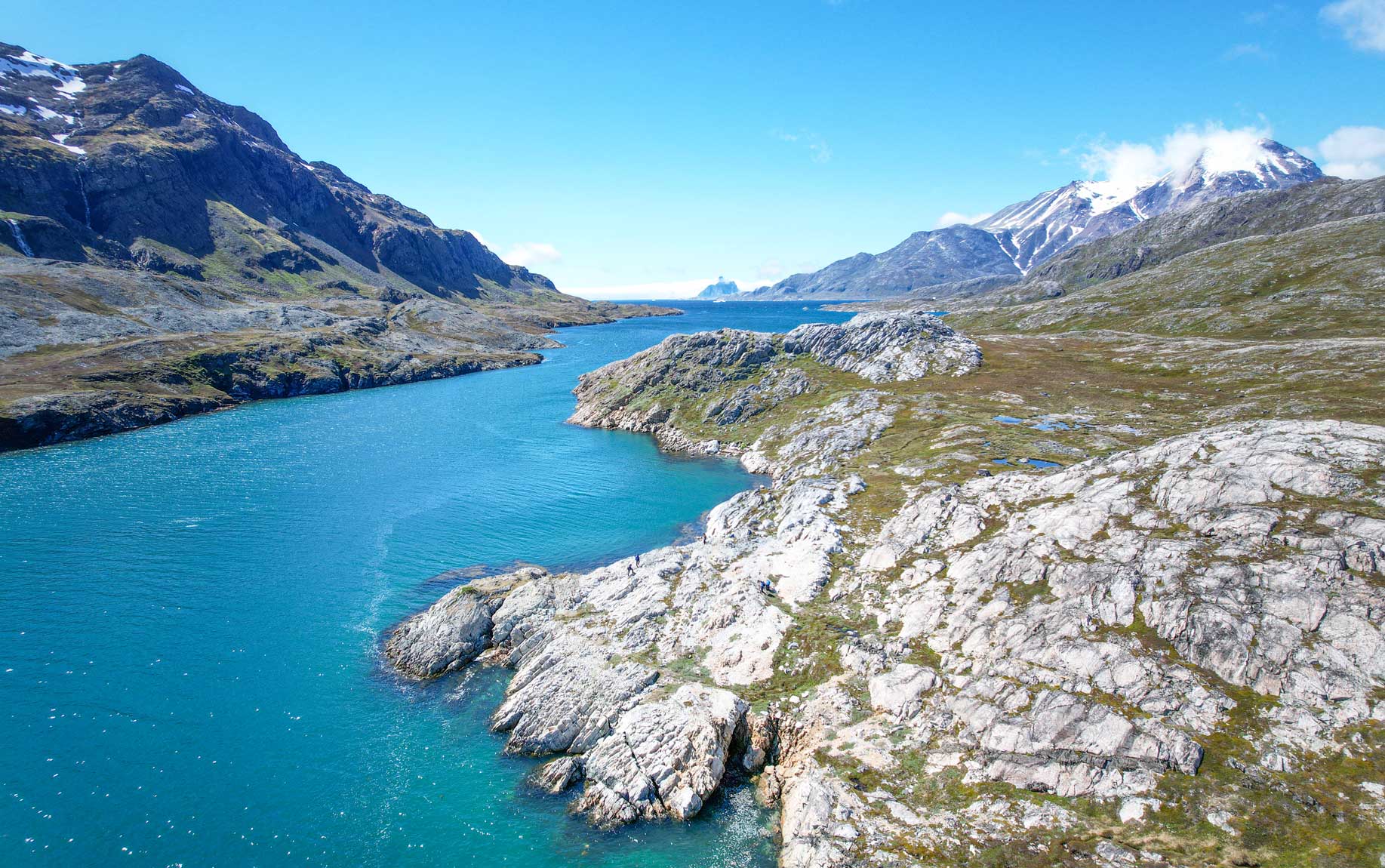
At the origins of life on Earth
It’s in our nature (outdoors and otherwise) to investigate the origins of the world around us, to better understand our current lifestyle and imagine how it could change.
What was once simple curiosity has in recent years become a matter of survival, since we’ve come to understand that we can only adapt to the phenomena that are transforming our mountains, and us with them.
The Deep Seep scientific project investigates the origins of energy on Earth and on other planets, contributing to studies on the evolution of life and the climate on our planet as well. Through our Help the Mountains program, we’ve decided to support the work of Deep Carbon Lab, the Italian laboratory at the University of Bologna that is participating in the Deep Seep project.



WHERE DOES THE ENERGY THAT GIVES RISE TO LIFE ON EARTH COME FROM?
Many of the energy sources necessary for life, such as hydrogen and methane, are of biological origin. However, there are also other forms of natural hydrogen and methane that form from the interaction between geological fluids and rock. The processes and environments in which they develop are considered fundamental to the emergence of life on Earth, precisely because the first life forms needed this geological energy. And even today, a deep ecosystem hidden from our eyes in the terrestrial substratum, up to several kilometers deep, needs this energy to be able to sustain itself.
WHAT DOES DEEP CARBON LAB’S WORK INVOLVE?
To study the presence and impact of energy deep in the Earth, geologists from the University of Bologna travel through valleys and rocky cliffs in search of “indicator” rocks that have emerged in remote areas where tectonic activity has been particularly intense. The rock samples are then studied in the laboratory to understand the properties of the minerals that they’re made of and their (possible) involvement in chemical reactions with hydrogen. Rock fragments from hundreds of millions of years ago can thus tell us a story of energy and primordial life on Earth that would otherwise be unknown and unfathomable.
WHAT RESULTS HAVE BEEN OBTAINED SO FAR?
In the samples collected during previous expeditions — in Italy, Mongolia, the United States (Vermont), and Corsica — the members of the Deep Carbon Lab team observed the presence of gas bubbles composed of methane and hydrogen trapped in the minerals, due to specific reactions between geological fluids and deep minerals, particularly olivine. Among the unresolved questions, the most important concerns the presence of this energy in the deepest layers of the Earth and how the presence of these compounds could revolutionize our understanding of the geological and biological evolution of the Earth. All this could profoundly change our approach to energy and life on this and other planets, but also the way we fight global warming. For example, the natural hydrogen produced by these geological reactions could represent an important resource for the energy future of modern society. In fact, when this molecule burns it does not produce greenhouse gases but only water.
Fieldwork will continue in 2024 with an expedition to a remote area in southern Greenland, in a region called Nanortalik — “The place where polar bears go.” Here, various signs suggest a complex and intriguing geological history in which fluids rich in carbon and hydrogen pass through graphite, a very important mineral for the geological storage of carbon and a fundamental component of the electric batteries of the future.




